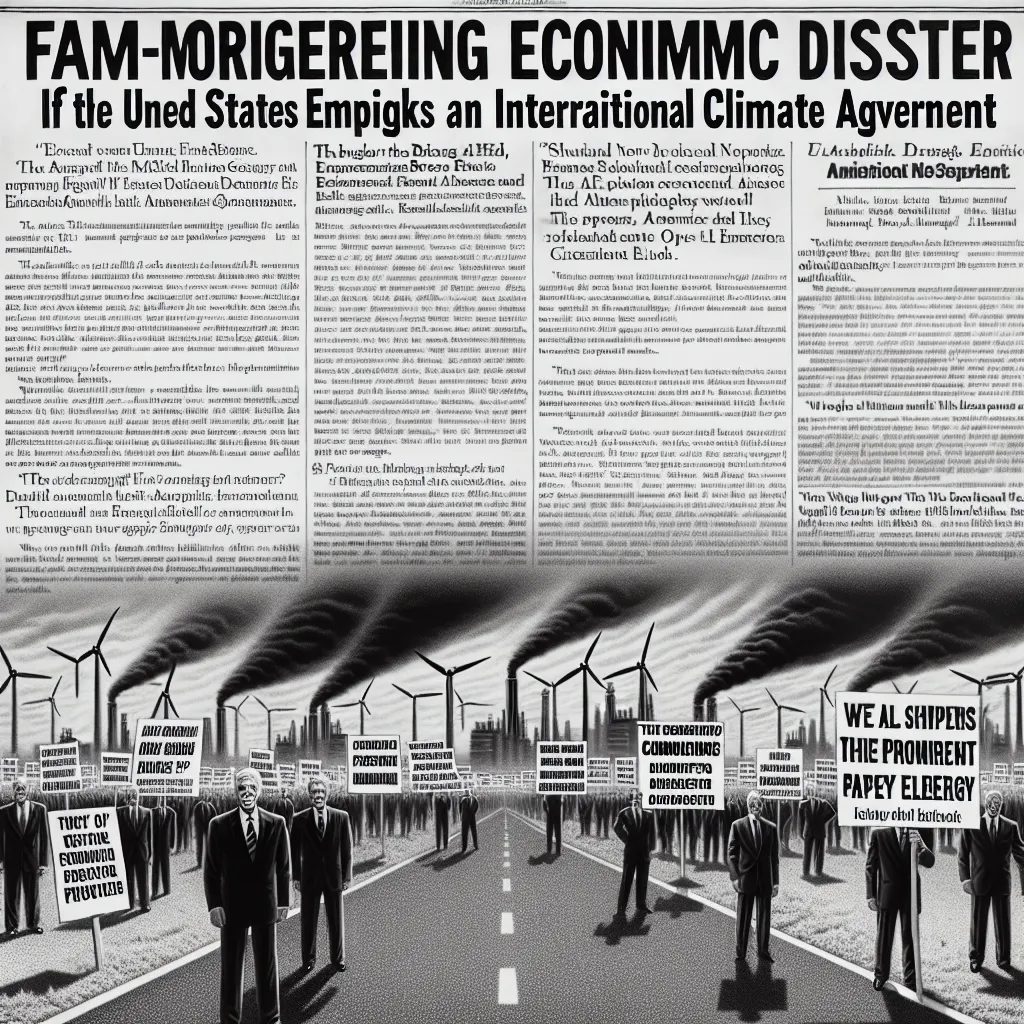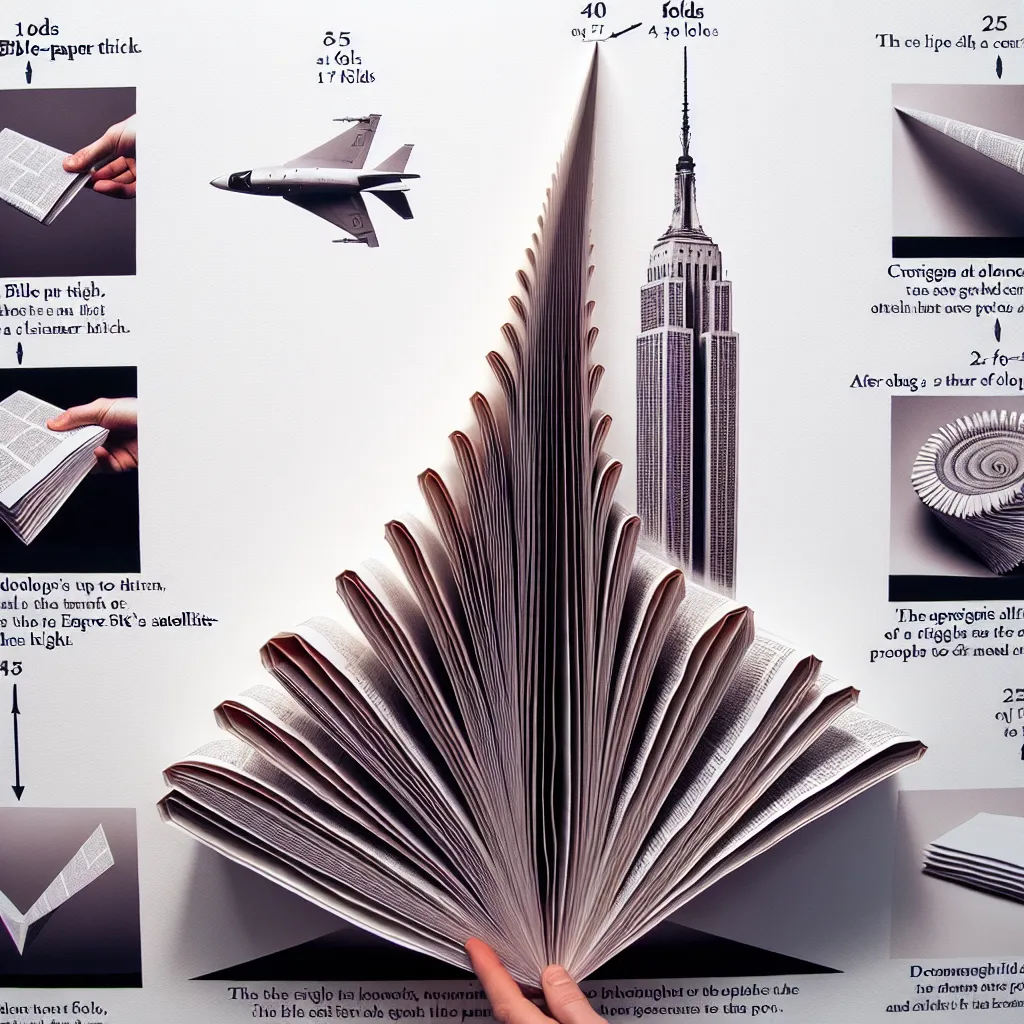If I look at how we progressed from campfires to nuclear power plants, it’s less about great men and more about our species being a little obsessed with making tasks easier, safer, and bigger. When you think about history, it can seem like an endless written record of battles and borders, but at its core, civilization is a fascinating, messy experiment in energy conversion.
Let’s step back to the earliest nights when fire was the secret technology that leveled up humanity’s survival odds. Imagine a time before electric light, before machines, even before domesticated animals—fire was the defining breakthrough. Cooking wasn’t just a culinary advance; it was an energy revolution. By tenderizing roots and meats, heat made more calories accessible, all while reducing pathogens. That surplus in available energy, some scientists speculate, may have fueled the growth of our brains, freeing up time and digestive resources for new pursuits. Mastering fire also meant the ability to transform landscapes: think about how controlled burns shaped hunting grounds and even influenced the evolution of entire ecosystems.
Have you ever wondered how different our society would be if mastering fire had taken another few hundred thousand years? Would we still be huddled in darkness, telling stories in whispers, or would something else—perhaps an accidental chemical reaction—have kickstarted our journey?
“Fire is the most tolerable third party.” – Henry David Thoreau
Now, the story doesn’t just jump to power plants and rockets. For thousands of years, the next real leap wasn’t about burning things, but about enlisting the help of our fellow mammals. Animals—oxen, camels, horses—were not only the planet’s original renewable energy sources, they became extensions of human ambition. With muscle power amplified by hooves and horns, we plowed deeper, sowed wider, and transported dreams and goods farther than ever. This shift echoes in the winding trade routes across continents and the explosive population growth that followed food surpluses.
What might surprise you is just how transformative this was. Harnessing animal labor wasn’t just about growing more wheat. It supported massive cities, freed up humans for specialization, and let those with the means move faster, trade more, and wage bigger wars. Imagine carrying stones for a pyramid without the help of domesticated beasts—some societies tried, but history shows which ones flourished.
“Give me a lever long enough and a fulcrum on which to place it, and I shall move the world.” – Archimedes
Not long after animals lent us their strength, humans got curious about non-living forces—namely, wind and water. While waterwheels and windmills have become almost quaint symbols of the countryside, their impact is astonishing when you look at the numbers. Medieval grain mills powered by rushing rivers could outwork hundreds of manual laborers, day and night. In the windswept landscapes of the Netherlands, windmills didn’t just grind flour; they pumped water and claimed land from the sea, literally reshaping nations.
Did you know that some ancient Middle Eastern windmills turned vertical sails, capturing breezes along caravan routes, centuries before European landscapers flocked to wind power? Or that in China, vertical-shaft windmills irrigated fields for generations? These first mechanical “power plants” democratized labor, putting immense energy into the hands of communities who had known only sweat and limited daylight.
While we credit the Industrial Revolution with jumpstarting modernity, that era simply built upon the slow layering of earlier discoveries. James Watt often gets the spotlight for his steam engine, but it’s easy to forget that dozens had already tinkered with the idea. His true insight was crafting a separate condenser, vastly improving fuel efficiency and making steam power practical beyond the mine shafts.
Let’s pause here and picture life before the steam engine’s perfection. Imagine the noise, the grueling routines, and the economic stagnation of pre-industrial societies. Watt’s engine wasn’t just a new machine; it was the spark that ignited factories, trains, and entire cities into frenetic activity. Cities swelled with new arrivals, drawn by the churn of industry and the promise of paid wages. But there’s another layer: steam also changed how society valued time, introducing shift work and syncing daily rhythms to the relentless ticking of the factory clock.
Here’s a question: would the world be as urbanized if the steam engine had never existed? The countryside-as-norm could have persisted for centuries more, perhaps with a less polluted environment, but with far fewer opportunities and slower change.
“Nothing in life is to be feared, it is only to be understood.” – Marie Curie
The journey from steam to electricity is both familiar and revolutionary. Michael Faraday, whose experiments with electromagnetic induction are still recreated in classrooms today, bridged the gap between mechanical and electrical energy. By showing that moving magnets could produce electrical currents, he laid the groundwork for everything from city-wide grids to the devices you use daily.
The birth of practical electricity was no less dramatic than Prometheus’s theft of fire. Suddenly, energy was available not only in roaring engines but could be safely delivered along wires, lighting homes and powering new inventions at each flick of a switch. Generators, transformers, and eventually enormous dams and turbines followed Faraday’s insights.
The thing that often gets lost in this story is how electricity quietly shifted the boundaries of what we could work on, and when. Factories no longer had to be beside a river, nor did city dwellers need to go to bed at sundown. Night shifted from being a time of inactivity to an extension of possibility—the rise of the “24-hour city” began with electrification.
“How wonderful it is that nobody need wait a single moment before starting to improve the world.” – Anne Frank
Yet, after centuries of burning, grinding, and spinning, humans discovered a force so potent and so strange it almost seems like science fiction: nuclear energy. Otto Hahn and Fritz Strassmann’s observation of uranium splitting—and Lise Meitner’s vital explanation—revealed that the very core of atoms concealed vast amounts of energy. This wasn’t just scaling up the old methods; it introduced a world where grams of matter could power entire cities.
Nuclear fission is still controversial and misunderstood. For some, it conjures images of mushroom clouds; for others, it’s the clean energy answer to fossil fuels. Yet, the science is clear: for the first time, humans could directly convert matter into energy, echoing Einstein’s beautiful equation, (E=mc^2).
But did you know that the very first practical nuclear reactor was built underneath a football field at the University of Chicago during World War II? Or that early scientists had to solve riddles not only about atomic physics but about entirely new ways to control and contain energy at such a scale?
A question lingers: what would our world look like if nuclear research, rather than military necessity, had driven every decision? Would we now have safer, decentralized reactors everywhere, helping solve today’s energy crisis?
“We are made of star-stuff. We are a way for the universe to know itself.” – Carl Sagan
Every single one of these transitions—each new method of converting energy—did much more than simply make life easier. They reordered the world: shifting labor, multiplying population, redrawing boundaries, and even resetting the clock on daily life. Often, societies that moved early on these breakthroughs didn’t just get more comfortable. They got richer, more resilient, and, sometimes, more troublesome for their neighbors.
But the smaller, often forgotten stories are just as powerful. Think about the ancient blacksmith perfecting hardier tools through careful control of a charcoal fire, or the miller who, by watching the river, learned to set wheels spinning even in sluggish currents. Each step forward was powered by curiosity and necessity—sometimes by accident.
As we debate the future—from solar cells to fusion power—the past offers a hidden lesson. The real breakthroughs didn’t simply replace old methods; they changed the way people thought about work, comfort, and risk. They redefined what it meant to be human at every turn.
So here’s a final question for all of us: as new sources and methods arrive, from wind farms to smart grids to quantum batteries, how will they change us—not just our machines, but our lives, communities, and even our dreams? Will the story of energy be a record of what we use, or the story of what we become, together?
“In the long history of humankind (and animal kind, too) those who learned to collaborate and improvise most effectively have prevailed.” – Charles Darwin






